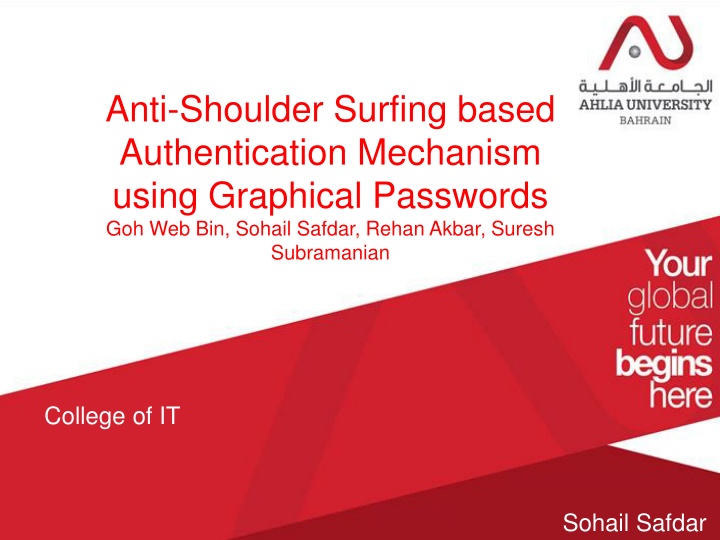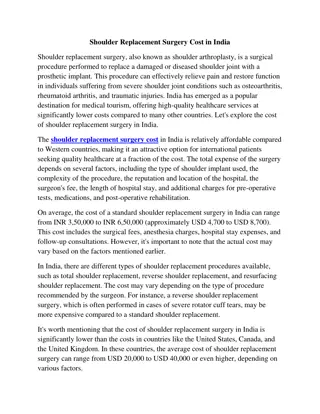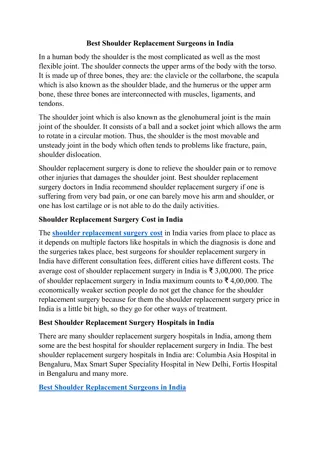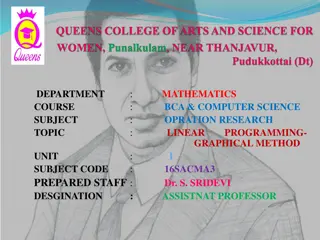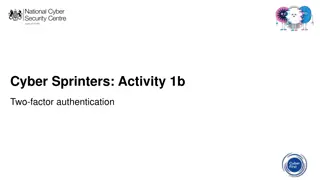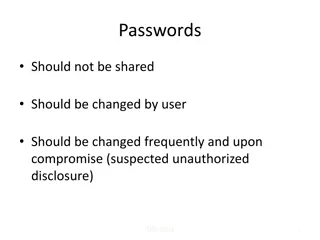Anti-Shoulder Surfing based Authentication Mechanism using Graphical Passwords
Authentication plays a crucial role in system accessibility, with strong passwords being a major concern. This research focuses on proposing an anti-shoulder surfing mechanism using graphical passwords to enhance security. Existing techniques like Triangle Scheme, Convex Hull, Intersection Scheme, and Moveable Frame Scheme are analyzed for their strengths and limitations in authentication. The goal is to develop a picture-based authentication scheme that mitigates the risks associated with shoulder surfing attacks.
Download Presentation

Please find below an Image/Link to download the presentation.
The content on the website is provided AS IS for your information and personal use only. It may not be sold, licensed, or shared on other websites without obtaining consent from the author.If you encounter any issues during the download, it is possible that the publisher has removed the file from their server.
You are allowed to download the files provided on this website for personal or commercial use, subject to the condition that they are used lawfully. All files are the property of their respective owners.
The content on the website is provided AS IS for your information and personal use only. It may not be sold, licensed, or shared on other websites without obtaining consent from the author.
E N D
Presentation Transcript
Anti-Shoulder Surfing based Authentication Mechanism using Graphical Passwords Goh Web Bin, Sohail Safdar, Rehan Akbar, Suresh Subramanian College of IT Sohail Safdar
Introduction Authentication is one of the most important mechanisms to grant system accessibility to legitimate users. The use of strong passwords is one of the major concerns of Authentication. These passwords can be textual based, graphical based, hardware based, biometric based. Graphical Passwords are easy to remember and can overcome the limitations of using long textual passwords for stronger security. However, mostly the picture-based passwords suffer from shoulder surfing attacks and are therefore vulnerable. The principle focus of this research is to propose and develop a picture-based authentication scheme with anti shoulder surfing capability. Sohail Safdar
Existing Techniques Triangle Scheme Registration: User Selects 3 images from N generated images as their password images. Authentication: Step 1: User clicks one image within the triangular area due to the selected 3 password images in the authentication screen. Step 2: Step 1 is repeated multiple times by relocating the triangular area dynamically for ensuring authenticity. Strength: Uses 1000 small images to avoid brute force attacks. Limitations: Usability is compromised. Authentication process is slow because of visibility issues. Increasing size and reducing number of images will help in usability but affects the vulnerability. Convex Hull: Increase in password guessing chances, if a big triangular area is continuously generated towards the corner of the screen. Sohail Safdar
Existing Techniques Intersection Scheme Registration: User Selects 4 images from N generated images as their password images. Authentication: Step 1: User clicks one image at the point of intersection of two lines in the authentication screen, generated due to the selected 4 password images. Step 2: Step 1 is repeated multiple times by relocating the lines intersection dynamically for ensuring authenticity. Strength: Uses huge number of small images to avoid brute force attacks. Limitations: Usability is compromised. Authentication process is slow and tedious. Increasing size and reducing number of images will help in usability but affects the vulnerability. Increase in password guessing chances, if a intersecting image stands near to center of the screen. Sohail Safdar
Existing Techniques Moveable Frame Scheme Registration: User selects 3 images as their password. Authentication: Authentication screen is generated consisting of one fixed frame at inner side and one outer moveable frame. Inner frame contains two password images aligned, outer frame contains third image and needs to be moved such that it aligns the third image to first two. Strength: Better compared to triangular and intersection schemes in terms of guessing password. Limitations: Authentication process is still time consuming. The more the repetition of authentication process increases the chances of password guessing. Illusion Pin Scheme During Authentication, the images are generated showing some characters and numbers. User is allowed to insert pin number that is actually different from the numbers generated on screen to deceive the shoulder surfer. Sohail Safdar
Proposed Authentication Mechanism The focus is on proposing an anti-shoulder surfing based graphical password scheme that Provides a fair usability. Protection against password guessing. The base concept is deceiving the shoulder surfer. Constructs: Pass Object (Password Image) Flag Object (Special purpose Signalling Image) Skipping Object (Special purpose Signalling Image) Rules: Rule 1: If the authentication screen consists of one flag object along with other objects including pass objects. User has to select five random objects and one flag object to proceed. Rule 2: If the authentication screen consists of one skipping object along with other objects including pass objects. User has to select five pass objects and one skipping object to proceed. Rule 3: If the authentication screen does not consist of any flag object and any pass object along with other objects. User has to select five random objects to proceed. Sohail Safdar
Algorithm 1. Username Inserted by user If (Username != Username in DB) System asks for retry Else if (Username == Username in DB) System is proceeded to step 2 2. Track_Valid_Attempt 0 3. Stage_counter 0. 4. While (Stage_counter < 3) { 4.1 Rule = P_Interface() with Rule 4.2 Image[6] Select_Images(6) 4.3 Stage_Counter Stage_Counter + 1 4.4 If (Match_Image(Image, Rule) == True) Track_Valid_Attempt Track_Valid_Attempt + 1 } 5. If (Track_Valid_Attempt = = 3) Access Granted Else Go to Step 1 Sohail Safdar
Implementation Sohail Safdar
Experiment & Results After Implementation, the passwords are applied in presence of observers standing side by side (as Shoulder Surfer) to obtained the following results. Password Screen (Rules) User Action Shoulder Surfers Observation Cannot judge, which among all selected images are pass objects. Pass object are sabotaged behind skipping object. It creates confusion previous stage s selection. Cannot judge as password, since this different from attempts. Rule 1: Existence of Flag Object with pass objects. Select one pass object and five images Select five pass objects and one object random Rule 2: Existing of skipping object with pass objects. skipping w.r.t. Rule 3: Neither flag object nor pass object exists. Select random objects selection is previous Sohail Safdar
Conclusion The proposed scheme achieved Successful anti-shoulder surfing based authentication mechanism. Improved Usability due to the use of less number of images with larger size. Improved security within graphical passwords based authentication. Q & A Sohail Safdar
